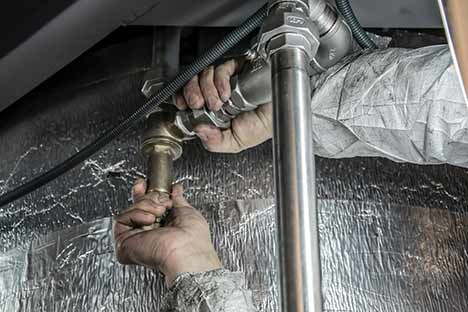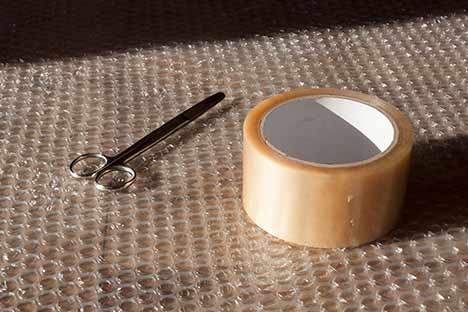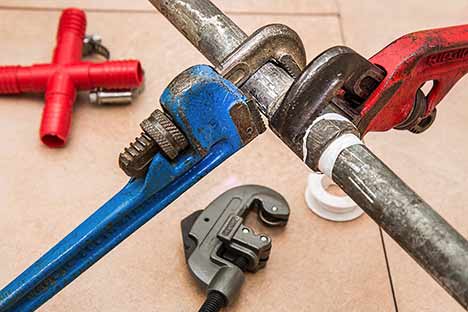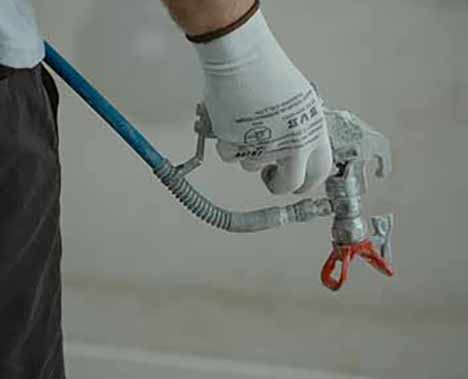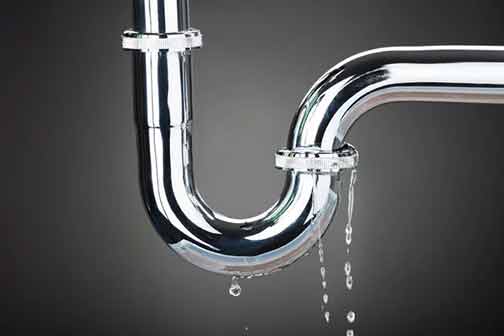
Leaky pipes are a common problem in households, and they can cause significant damage if left untreated. Water damage from leaking pipes can damage the walls, floors, and ceilings of your home, leading to expensive repairs. Therefore, recognizing the signs of a leaky pipe can help prevent further damage and ensure your home’s safety. Below we will discuss the signs of a leaky pipe and the prevention and repair tips to solve the issue.
Signs of a Leaky Pipe
Here are some signs you may have a leaky pipe:
Water Stains
If you notice water stains on your wall, ceiling, or floor, it might be an indication that you have a leaky pipe. If you see any discoloration, spots, or peeling paint, you should investigate the area around it to see if there is any water seeping through.
Musty Smell
A musty smell is usually an indicator of damp and wet areas surrounding your home. If you smell a musty odor, the likelihood is that you have a leaky pipe. The moisture generated by a leaky pipe can cause mold and mildew, which can ultimately affect the air quality in your home.
Decreased Water Pressure
Another sign that you may have a leaky pipe is a decrease in water pressure. If you notice a lower water pressure even though your taps are turned on full, there could be a leak somewhere in your plumbing system.
Strange Sounds
If you hear strange sounds coming from your plumbing system, such as hissing or gurgling sounds, it could be an indication of a leaky pipe. These strange sounds are often the result of water trying to find its way through a blocked or restricted pipe.

If you see an large increase in your water bill without any explanation, it may be due to a leaky pipe.
Inexplicably Higher Water Bill
If you see an large increase in your water bill without any explanation, it may be due to a leaky pipe. To confirm this, you can turn off all your water appliances and check your water meter. If the meter still shows water usage, you might have a leaky pipe.
Prevention Tips
Here are some tips to prevent leaky pipes from damaging your home:
Monitor Your Water Usage
Regularly review your water bill to ensure that usage is within a reasonable range. Remember, any sudden spikes in use could be a signal of a pipe leak. Additionally, consider investing in a water monitoring system that can assist you in tracking your water usage and identifying any irregularities.
Insulate Your Pipes
Insulating your pipes is an excellent idea to prevent leaks in cold weather. Pipes are more vulnerable to damage during freezing temperatures, so by insulating them, you can reduce the chances of them cracking and leaking.
Replace Old Pipes
Leaky pipes are often the result of old or corroded pipes. If you have old plumbing, it’s best to replace them with newer and more durable ones. Copper and PVC pipes are typically the best options for repiping your home as they are sturdy, reliable, and can last for many years.
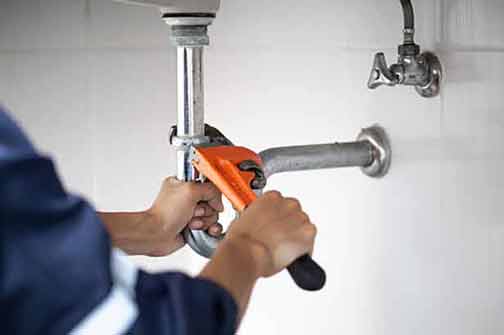
If your pipe has a large or significant amount of damage, it may need to be replaced entirely.
Repair Tips
If you suspect you have a leaky pipe, here are some tips for repairing it:
Identify the Leak
The first step in repairing a leaky pipe is to identify the location of the water leak. Start by turning off the water supply and inspecting your pipes for signs of damage such as cracks, holes, or corrosion. Once you have found the location of the leak, take steps to repair it.
Use Epoxy Putty
If you have a small leak in a pipe, you can use epoxy putty to make a temporary seal. Epoxy putty is an excellent solution for small leaks and can be applied without any special tools or skills.
Replace the Damaged Section of the Pipe
If your pipe has a large or significant amount of damage, it may need to be replaced entirely. If you’re going the DIY route, you’ll need to cut out the damaged section of the pipe and replace it with a new one. It’s best to seek professional help if you’re not familiar with plumbing repair.
Call in a Professional Plumber
Finally, if the damage is severe, or you’re unsure how to repair a leaking pipe on your own, it’s best to call in a local plumber. They have the knowledge, expertise, and tools to fix the problem correctly.
Conclusion
A leaky pipe can cause significant damage to your home and lead to costly repairs. Recognizing the signs of a leaky pipe and taking preventative measures can help to stop leaks before they begin. If you do experience a leak, identifying the location of the leak and taking steps to repair it quickly can prevent further damage. Knowing when to call in a professional plumber is also vital in preventing further damage and ensuring your home’s safety.
